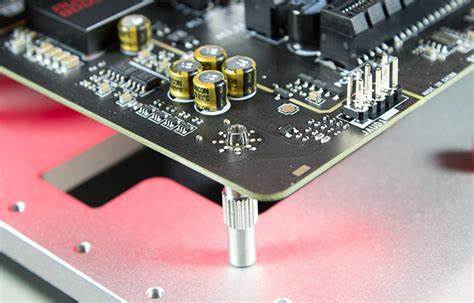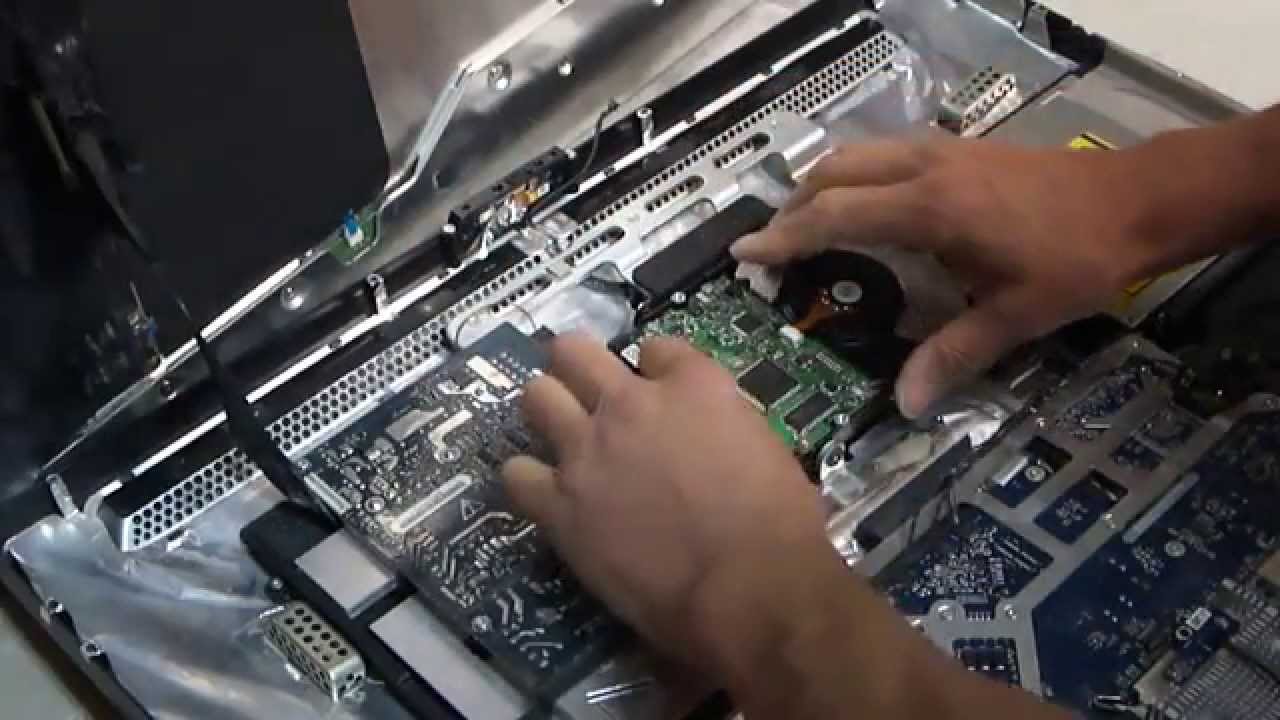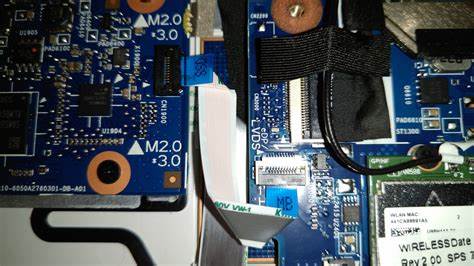
When building a PC, one of the critical factors to consider is the motherboard’s form factor. The ATX motherboard, a popular standard in the PC industry, comes in various sizes. Understanding ATX motherboard dimensions is essential to ensure compatibility with the PC case and other components. In this article, we explore the dimensions of ATX motherboards, their variations, and their significance in the world of PC building.
The ATX Motherboard Standard
The ATX (Advanced Technology Extended) motherboard standard was introduced by Intel in the mid-1990s as an upgrade to the previous AT (Advanced Technology) standard. ATX brought significant advancements, including improved power distribution, I/O connectivity, and expansion capabilities.
ATX Motherboard Dimensions
ATX motherboards come in a standardized size of 305mm x 244mm (12 inches x 9.6 inches). This size is commonly referred to as “ATX Full-Size” or “Standard ATX.” The dimensions ensure compatibility with most standard PC cases designed to accommodate ATX motherboards.
Variations of ATX Motherboards
While the standard ATX size is prevalent, there are some variations to meet different needs and preferences:
- Micro ATX: Micro ATX motherboards have dimensions of 244mm x 244mm (9.6 inches x 9.6 inches). They are smaller than standard ATX motherboards but offer similar features. Micro ATX motherboards are often used in compact and space-saving PC builds.
- Mini ITX: Mini ITX motherboards are even smaller, measuring 170mm x 170mm (6.7 inches x 6.7 inches). These tiny motherboards are ideal for ultra-compact builds and are commonly used in home theater PCs and small form factor gaming rigs.
- Extended ATX (EATX): EATX motherboards are larger than standard ATX, with dimensions of 305mm x 330mm (12 inches x 13 inches). These motherboards provide extra expansion slots and features, making them suitable for high-end systems with multiple GPUs and other add-on cards.
Significance of ATX Motherboard Dimensions
- Case Compatibility: Understanding ATX motherboard dimensions is crucial for selecting a compatible PC case. ATX cases are designed to fit standard ATX motherboards, while Micro ATX and Mini ITX cases are tailored to their respective motherboard sizes.
- Component Clearance: In larger EATX motherboards, it’s essential to ensure that there is enough space in the case to accommodate the motherboard and other components without obstruction.
- Airflow and Cooling: The motherboard’s size can impact airflow and cooling in the PC case. Ensuring adequate ventilation around the motherboard is crucial for maintaining optimal temperatures.
ATX motherboard dimensions play a significant role in PC building, determining case compatibility and overall system layout. The standard ATX size, along with Micro ATX and Mini ITX variations, caters to diverse needs, from full-size gaming rigs to compact home theater setups. Understanding the different motherboard sizes empowers PC builders to make informed decisions and create well-balanced and efficient systems.



